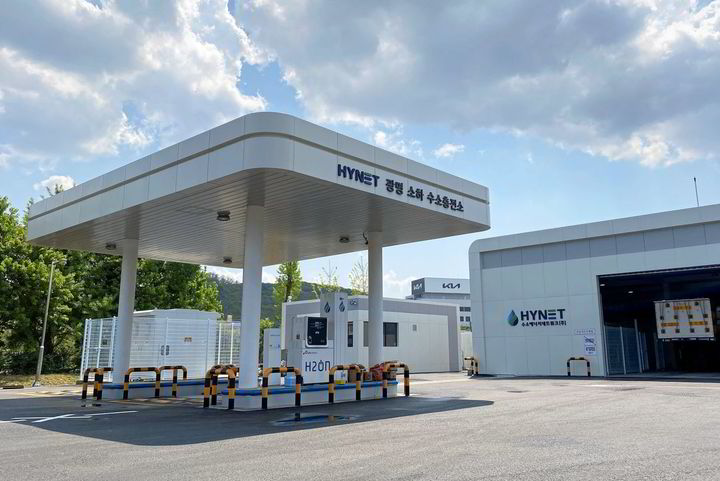South Korea to ease explosion-related restrictions on hydrogen filling stations to help boost their numbers

The South Korean government today (Friday) unveiled plans to ease safety regulations for hydrogen refuelling stations (HRS) as part of plans to boost their numbers to 458 by 2030, up from the current 192.
Key among the proposed changes is the removal of the requirement for hydrogen equipment to be at least 12 metres away from surrounding buildings — in order to protect third-party property in the event of an explosion.
This rule has limited the number of possible locations an HRS can be built — especially in South Korea’s densely populated cities.
“Despite regulatory improvements so far, regulations that limit the installation and operation of charging stations remain,” explains a new document, Field-oriented regulatory innovation plan to foster the world’s No. 1 hydrogen industry, which was published earlier today following an emergency meeting of the country’s economic ministers.
The government plans to replace the HRS distance restrictions with a new requirement for “protective walls” that must be made of reinforced concrete, concrete blocks and/or steel plates.
South Korea is relying on the creation of a “hydrogen economy” based on imported clean H2 in order to reach net zero by 2050, due to the perception that it does not have enough available land for a sufficient volume of renewable energy projects.
Article continues below the advert
But the country’s plans suffered a setback in May 2019 when a hydrogen storage tank exploded at a government research project in the city of Gangneung, killing two people and injuring six, while destroying a complex about half the size of a football pitch.
The explosion — which a preliminary investigation determined was caused by a spark after oxygen leaked into the H2 tank — increased safety concerns and led to local protests around the country against new hydrogen developments.
Then a month later, in June 2019, a hydrogen filing station exploded in Sandvika, Norway, injured two people driving past when the explosion set off their vehicles’ airbags, according to local broadbaster NRK.
This incident, coming so soon after the fatal Korean explosion, did not exactly ease the concerns of South Korean residents.
Further relaxation of hydrogen-related safety regulations proposed in the new document includes removing the need for metal piping in electrolysis systems and a dyke, or “discharge dam”, around ammonia storage tanks, which would capture any escaping NH3 in the event of a leak.
Although the government is continuing to invest heavily in hydrogen-powered road transport, the population’s enthusiasm for the alternative fuel seems to be waning.
As Hydrogen Insight reported last month, only 4,635 fuel-cell vehicles were registered in South Korea in 2023 — a 54% fall compared to the 10,219 added to the country’s fleet in 2022.
The mood further soured last November when a key H2 fuel supplier had production problems that resulted in the temporary closure of three quarters of the country’s HRSs.
South Korea’s government aims to have 300,000 hydrogen-powered cars, vans and trucks on its roads by 2030, up from 34,258 at the end of last year.




